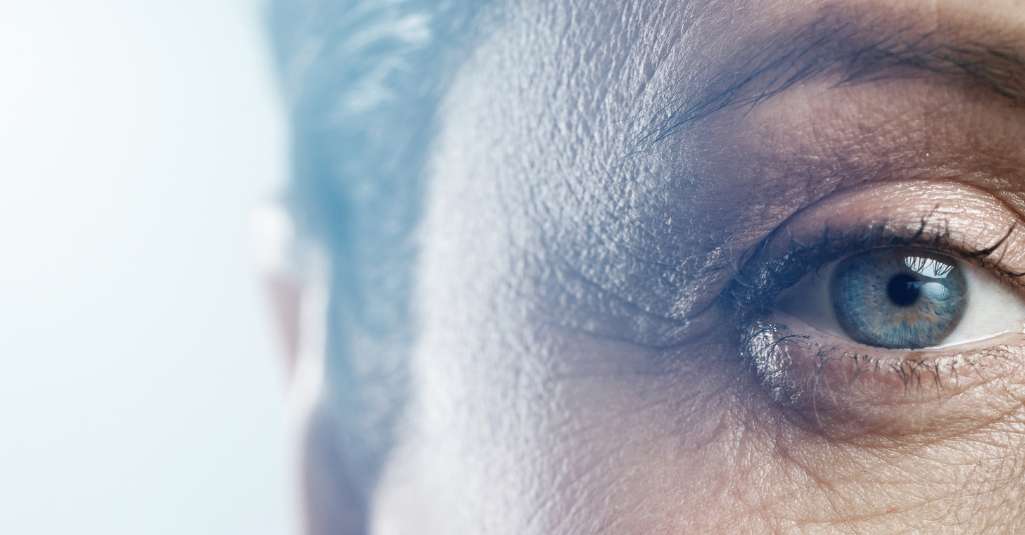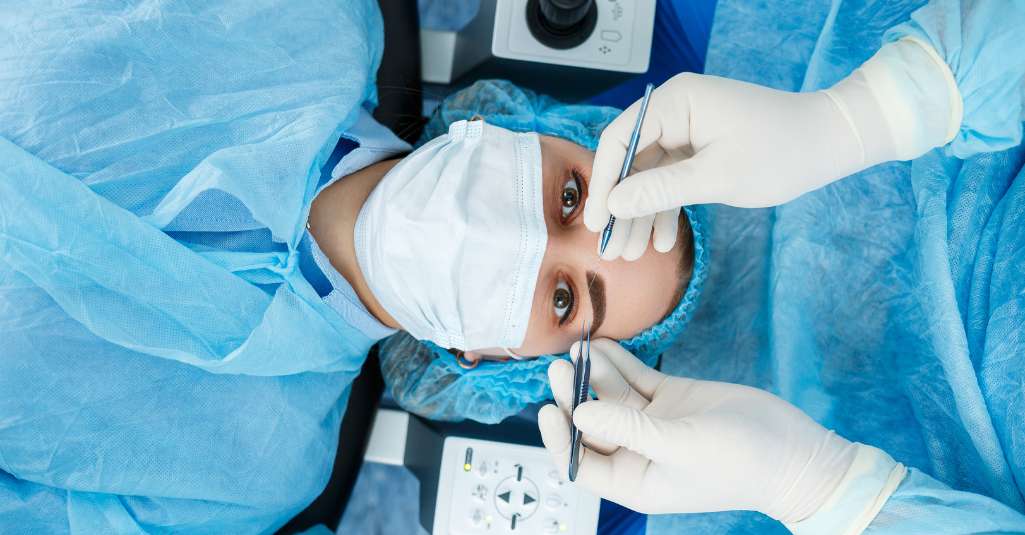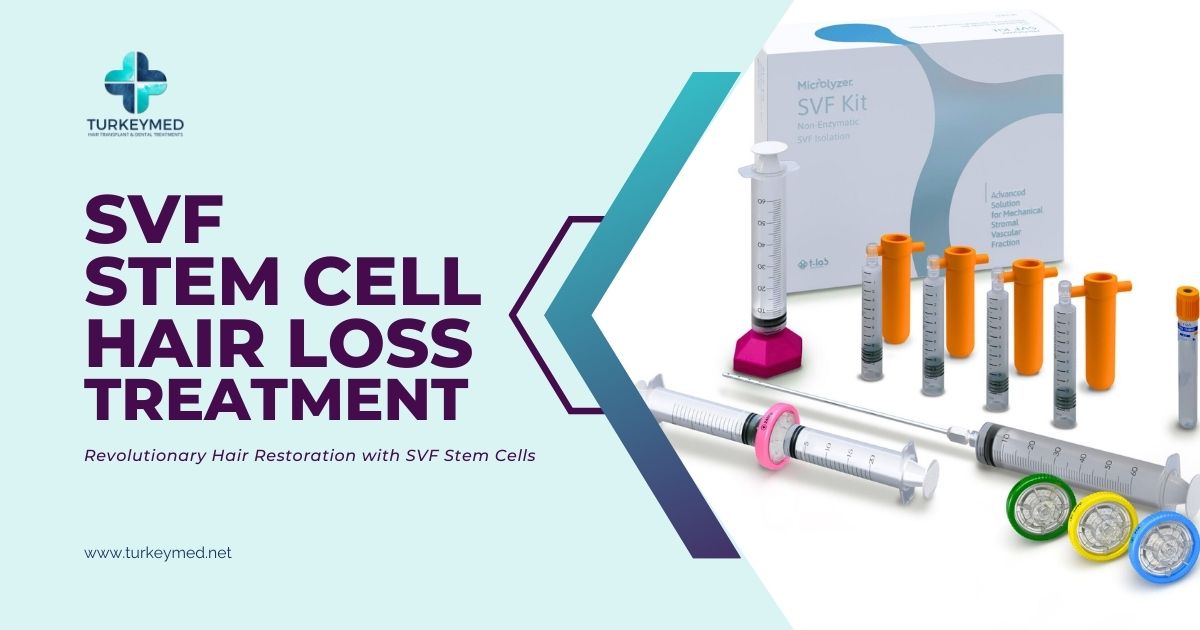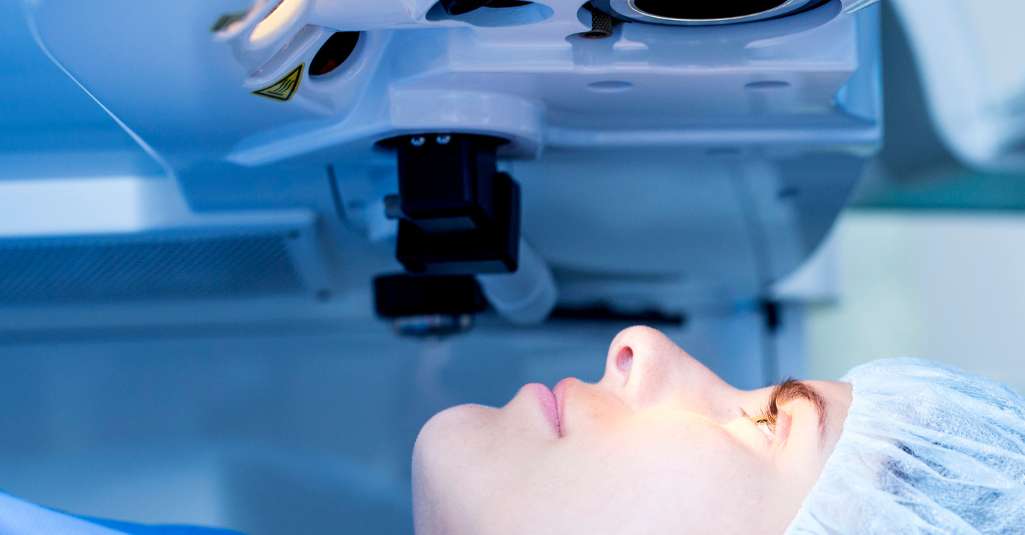Eye Lasik Operation

The cornea, the transparent front surface of the eye, is reshaped during the LASIK procedure. This is done to ensure that the light that enters the eye is correctly focused into the retina, which should result in little or no need for corrective eyewear such as glasses or contact lenses.
The following is a summary of the LASIK technique in its most generic form:
Consultation and Examination: Prior to the LASIK procedure, an eye doctor (also known as an ophthalmologist) will do a comprehensive examination of your eyes to evaluate whether or not you are a good candidate for the procedure. They will evaluate a number of criteria, including your prescription, the thickness of your cornea, your general eye health, and more.
During the LASIK treatment, a specialized tool known as a microkeratome or a femtosecond laser is used to form a thin flap in the outer layer of the cornea. This flap will later be utilized to expose the underlying layers of the cornea. This flap is raised in order to reveal the corneal tissue that lies beneath it.
An excimer laser is utilized by the ophthalmologist in the process of reshaping the corneal tissue. This is accomplished by the removal of very small quantities of tissue. The tissue is ablated (removed) in an exact manner by the laser according to your particular prescription. In patients with nearsightedness, the central cornea is steepened, whereas in those with farsightedness, it is flattened. In patients with astigmatism, the cornea is smoothed.
After the cornea has been reshaped, the flap is replaced and carefully adjusted such that it covers the region that has been treated. As a result of the inherent bonding qualities of the cornea, it attaches in its natural state without the requirement of sutures.
Recuperation: The healing process for the cornea begins as soon as the treatment is complete. The majority of people see an improvement in their vision within a day or two; nevertheless, it may take many weeks for your eyesight to settle completely. You will need to use eye drops exactly as directed by your doctor, and you should steer clear of activities that might cause your eyes to become overly stressed.
Follow-Up Consultations It is necessary to schedule regular follow-up consultations with your eye doctor in order to monitor the healing process and make certain that your eyes are recovering in the correct manner.

In most cases, LASIK is regarded to be both safe and effective, and it has a high success rate in terms of minimizing the need for patients to wear glasses or contact lenses. However, not everyone is a good candidate for LASIK surgery because of certain eye conditions. Your eye health, the consistency of your prescription, and the thickness of your cornea are all considerations that go into assessing whether or not LASIK is a good option for you.
The following is a list of some extra information and concerns pertaining to LASIK:
Advantages :
- Rapid Recuperation: The majority of patients report an improvement in their vision within a day or two of undergoing LASIK, and the process of recuperation is rather rapid in comparison to those of other types of eye procedures.
- Reduced Dependence: After undergoing LASIK, many people are able to obtain clear vision without the need of corrective lenses such as glasses or contacts.
- The actual operation causes very little discomfort and is almost never painful. During the procedure, some patients report feeling slight pain, while others describe feeling pressure; nonetheless, these sensations are often easily handled by patients.
- Improved Quality of Life: LASIK has the potential to improve your quality of life by relieving you of the everyday annoyance of having to cope with the inconvenience of wearing glasses or contacts.
Concerns & Things to Think About:
- Dry Eyes: Following LASIK, some patients may feel transient or even prolonged dryness in their eyes, along with pain. Eye drops supplied by a doctor are typically sufficient to treat this condition.
- Complications with the Corneal Flap There is a very small chance that complications with the corneal flap that is generated during LASIK may occur. These complications include flap displacement or wrinkles. In most cases, these issues may be remedied by performing further surgical operations.
- Vision Alterations While the majority of patients do enjoy considerable gains in vision, some patients may require more touch-up treatments or may still need glasses for specific tasks like reading tiny print. Although most patients do receive significant vision improvements, some patients may require subsequent touch-up surgeries.
- Regression: In certain instances, the eye’s response to the healing process may result in a minor regression in the correction that was accomplished during LASIK. It’s possible that later on, you’ll need to implement some improvement methods.
- Changes in Contrast Sensitivity: Some patients may see changes in their contrast sensitivity or night vision, such as halos, glare, or starbursts surrounding lights. These side effects are often modest, and they disappear entirely or significantly lessen with time for the majority of individuals.
- Unsuitable Candidates: If you have very thin corneas, severe dry eye, or unstable prescriptions, you may not be a good candidate for LASIK eye surgery. During the appointment, your eye doctor will determine whether or not you are a good candidate for the procedure.
Options Other Than LASIK:
- PRK stands for photorefractive keratectomy, and it is a technique that is very similar to LASIK. However, with PRK, the outermost layer of the cornea is removed rather than a flap being created. Patients who have thinner corneas or who have other issues that make LASIK less acceptable for them can be good candidates for this procedure.
- SMILE, which stands for “Small Incision Lenticule Extraction,” is a relatively new form of refractive surgery that involves making a very small and accurate incision in the cornea in order to extract a very little piece of tissue. This then reshapes the cornea and corrects the patient’s eyesight.
- Implantable Contact Lenses: People who aren’t excellent candidates for LASIK or other corneal surgeries may be able to correct their vision using implantable contact lenses that are implanted within the eye. Implantable contact lenses can also be used to treat presbyopia.
- Surgical Procedure to Replace the Lens: Lens replacement surgery, which is very similar to cataract surgery, could be the best option for patients who have refractive defects that are more severe or visual abnormalities that are caused by aging.
It is essential to have an in-depth conversation with an expert eye surgeon prior to getting LASIK or any other type of surgery intended to repair one’s eyesight. They will evaluate your specific circumstances, advise you of the potential drawbacks and advantages of each option, and assist you in making an educated choice on the best way to address your requirements for vision correction.
Not sure if you are a LASIK candidate?
Useful Links
Privacy Policy
Privacy Policy Welcome to Turkeymed. Your privacy is important to us. This Privacy Policy explains how we collect, use, and protect your personal information when you visit our website and submit your details. 1. Information We Collect When you fill out a form or contact us, we may collect the

SVF Stem Cell Treatment for Hair Loss
Are you struggling with hair loss and searching for an effective, minimally invasive solution? Discover the power of Stromal Vascular Fraction (SVF) stem cell treatment, a cutting-edge approach to hair restoration that uses your body’s natural healing abilities to rejuvenate and regrow hair. What is SVF Stem Cell Treatment? Stromal
Dermomine Micrograft
MORE EFFECTIVE, MORE FASTER A cutting-edge technique designed to improve skin rejuvenation, hair transplantation, and scar treatments. This method leverages a Micrograft system that does not require any additional devices, making it a highly accessible option for people who suffer of hair hair loss. Why Dermomine? High Cell Viability: The

Eye Surgery
Eye LASIK (Laser-Assisted in Situ Keratomileusis): This is a popular surgery for correcting refractive vision problems like nearsightedness, farsightedness, and astigmatism. It involves reshaping the cornea using a laser to improve vision without the need for glasses or contact lenses. Get More Details About Eye Lasik Surgery Cataract Surgery: Cataracts

FUE Hair Transplant
Follicular Unit Extraction (FUE) is a method of hair transplantation in which individual hair follicles are removed from a donor region and implanted into a recipient region with thinning or balding hair. The minimally invasive nature and convincing realism of this method have contributed to its meteoric rise in popularity.

